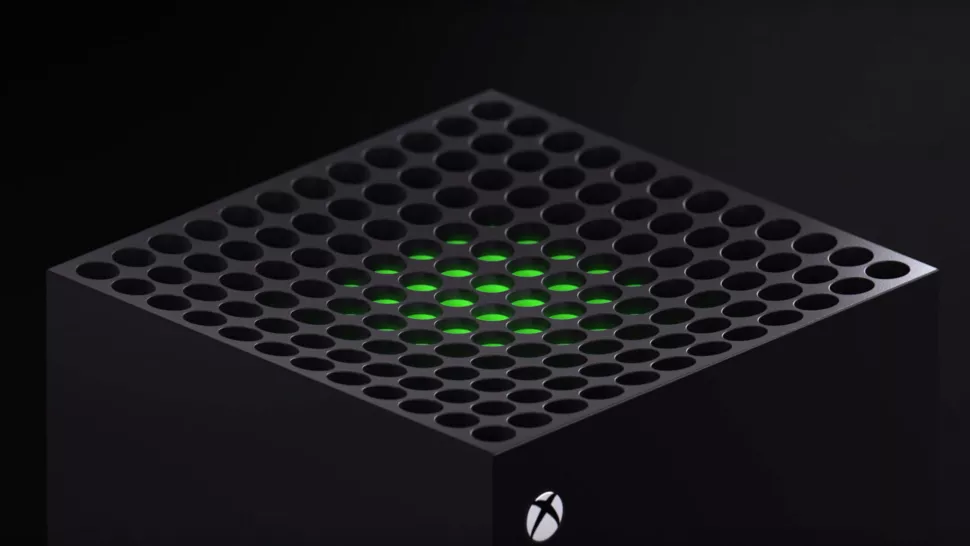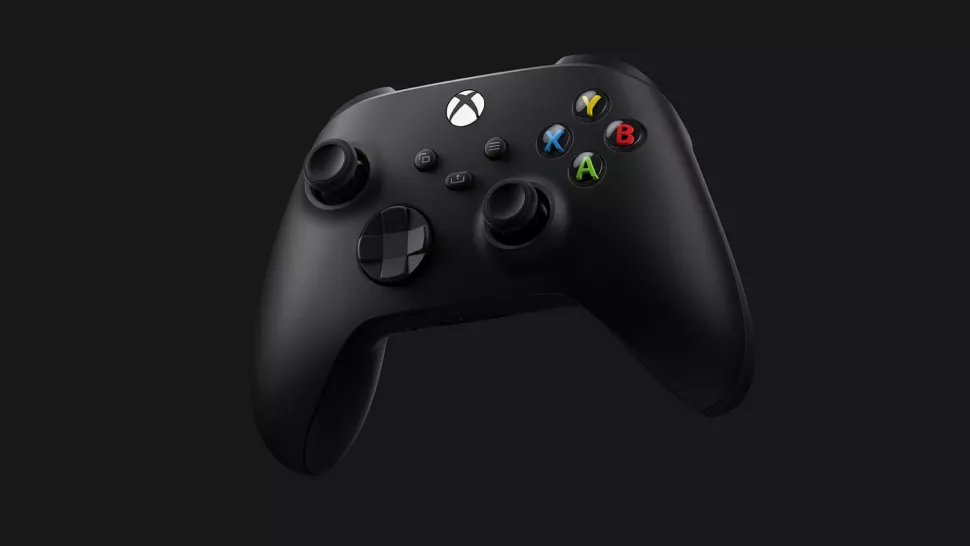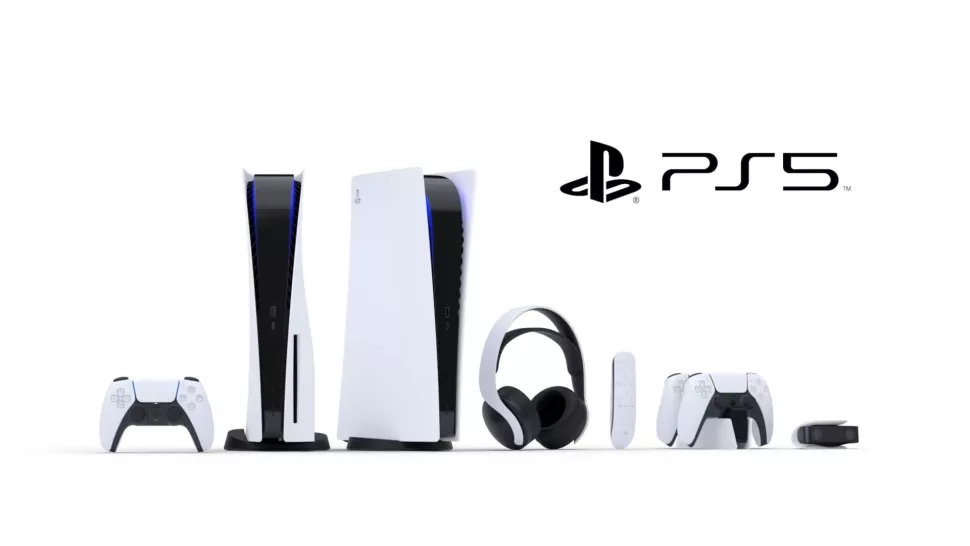
Written texts are without prejudice and judgment

Written texts are without prejudice and judgment
The ninth generation of video game consoles began in November 2020 with the releases of Microsoft's Xbox Series X and Series S console family and Sony's PlayStation 5.
The consoles represent significant performance upgrades from the prior Xbox One and PlayStation 4, adding faster computation and graphics processors, support for real-time ray tracing graphics, output for 4K resolution, and in some cases, 8K resolution, with rendering speeds targeting 60 frames per second (fps) or higher.Internally, both console families introduced new internal solid-state drive (SSD) systems to be used as high-throughput memory and storage systems for games to reduce or eliminate loading times and support in-game streaming.The Xbox Series S and the PlayStation 5 Digital Edition lack an optical drive while retaining support for online distribution and storing games on external USB devices.
The positioning of these consoles as high-performance computing devices places competitors such as the Nintendo Switch and cloud-gaming services such as Stadia and Amazon Luna as overlaps from the prior eighth generation of video game consoles.
The duration from the eighth generation until the start of the ninth was one of the longest in history. Past generations typically had five-year windows as a result of Moore's law, but Microsoft and Sony instead launched mid-console redesigns, the Xbox One X and PlayStation 4 Pro. Microsoft also launched a monthly console lease program, with the option to buy or upgrade.Some analysts believed these factors signaled the first major shift away from the idea of console generations because the potential technical gains of new hardware had become nominal.


